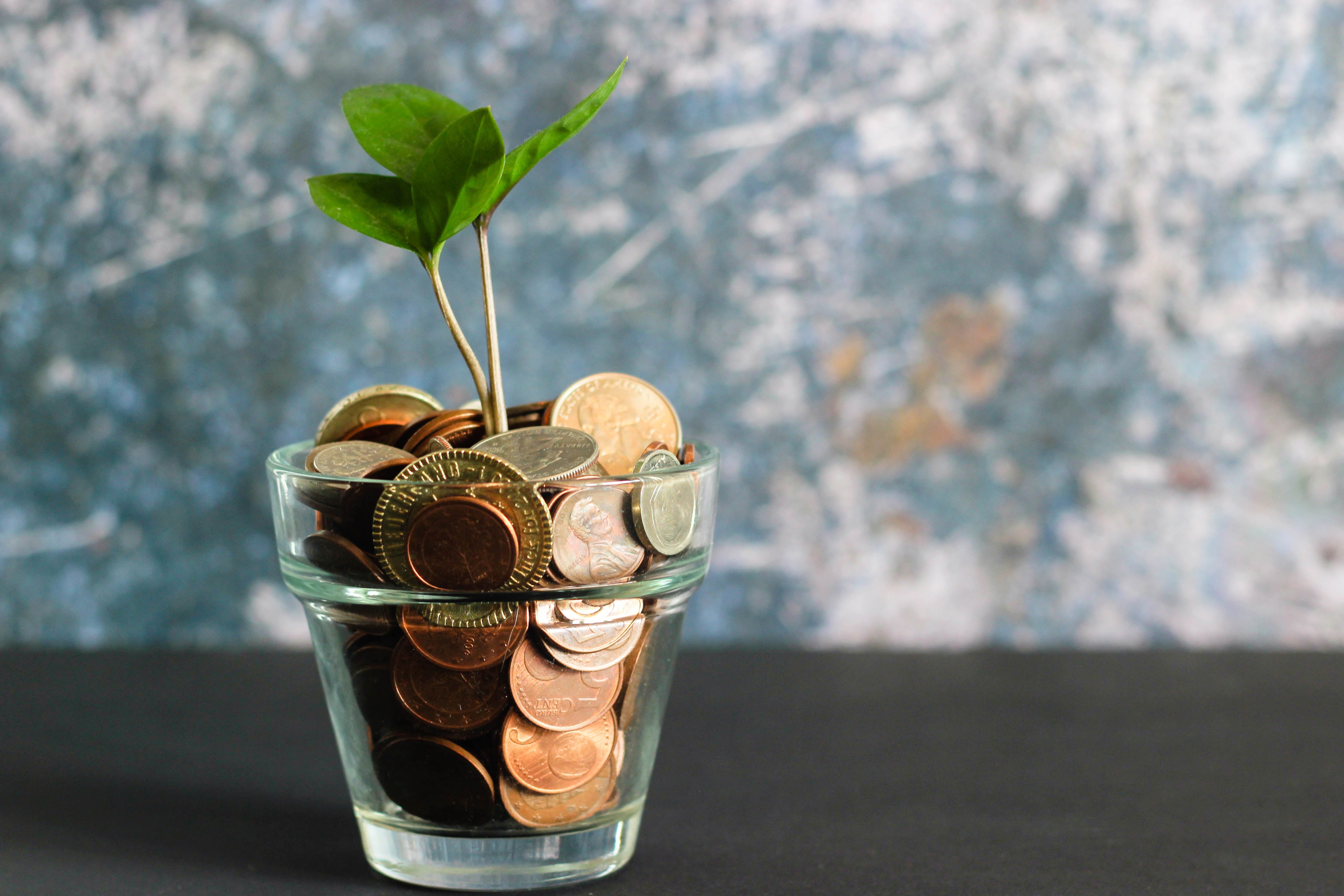
What Does It Really Cost To Make Our Clothes?
There is a price paradox when it comes to buying clothes. Sustainable fashion is costlier owing to their quality of make and material, whereas fast fashion is available at a fraction of the cost, but comes at a high price for the environment and sweat shops that make it.
For the consumer that’s been accustomed to purchasing clothes at a bargain, the only way to justify an expensive and more sustainable option is through sheer transparency. Today, the average shopper has become increasingly aware and transparency has become an important matter with growing concerns about issues including fair labor, sustainable resourcing and the environment. And these consumers are more than willing to support brands that are doing good in the world, with 66% willing to pay more for sustainable goods. A study by McKinsey and Co. states that 42% of millennials state they’d want to know what goes into products and how they are made before making a purchase, compared with 37% of Gen Z who are of similar opinion.
At ZAVI, we realise that at the end of the day most consumers prioritise price, quality and style more than anything else when making purchasing decisions. And with so many hidden details lurking in the industry, we would like to open up our doors by offering an overview of how the prices behind our pieces come to be. Every fibre, thread and button is accounted for and we could never imagine pricing people out of making a difference.
While it definitely costs more money to be ethical and sustainable, we would much rather do it honestly. We believe in profiting without exploiting the planet, our workers or even our customers — this is why our margins are low and inclusive of overheads like product development, marketing and payroll. The chart below better explains how we deem what our clothes are worth;








